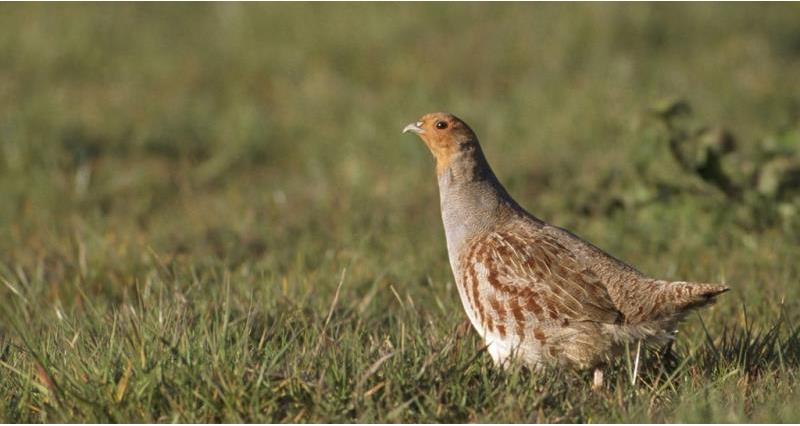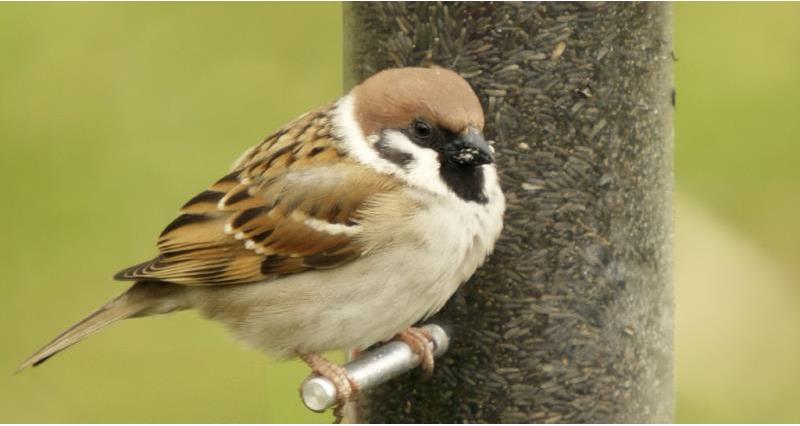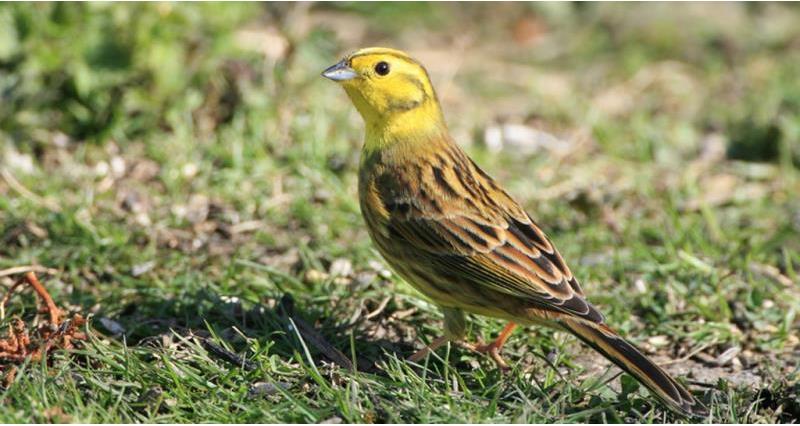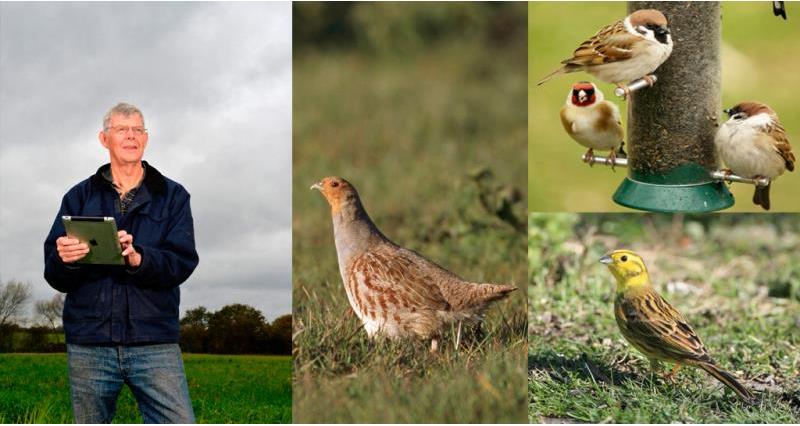Starting on Friday (February 9), the week, organised annually by the Game and Wildlife Conservation Trust (GWCT), highlights the good work done by farmers and gamekeepers in helping reverse the decline in farmland bird numbers.
You can get involved on any day by spending 30 minutes recording the species and number of birds seen on one particular area. Choose your own location with a good view of approximately two hectares. You’ll be asked to record the types of habitat and cropping on, and next to, your count site.
The GWCT recommends that the site is close to an area of game or wild seed mix where supplementary feeding takes place. Counting should take place at first light as this is when the birds are most active, however, it is more important that you take part, so timings should suit you.
Submit and compare your results
Once you’ve completed your count, submit the results online or use the app on your Apple and Andriod devices. If you’ve taken part in the count in previous years you will be able to compare your previous results online. To help identify birds on your farm, the GWCT has a free farmland bird identification guide available to download, and will run identification days in January and February.
GWCT has prepared farmland bird species profiles offering essential information about habitat, feeding, and beneficial management. There’s also support available from the Campaign for the Farmed Environment (CFE).
What might you see?
 Grey partridge: These birds prefer open farmland but will use field margins, arable crops and grass leys for cover and feeding. Partridge tend to eat grass, cereal shoot, seeds, knotgrass, black bindweed, common help nettle and chickweed. They will nest in well-hidden hedge bottoms, grass banks, game cover, cereals and nettle beds and their eggs will be laid from April onwards.
Grey partridge: These birds prefer open farmland but will use field margins, arable crops and grass leys for cover and feeding. Partridge tend to eat grass, cereal shoot, seeds, knotgrass, black bindweed, common help nettle and chickweed. They will nest in well-hidden hedge bottoms, grass banks, game cover, cereals and nettle beds and their eggs will be laid from April onwards.
 Tree sparrows: These small birds are spotted in well-spaced trees, small woods, and especially open farmland, however, in winter months they will move on to stubble and game cover. The adults feed on seeds and insects, whereas chicks are dependent on insects and spiders. Tree sparrows breed between April and August and will nest in tree holes, farm buildings and nest boxes.
Tree sparrows: These small birds are spotted in well-spaced trees, small woods, and especially open farmland, however, in winter months they will move on to stubble and game cover. The adults feed on seeds and insects, whereas chicks are dependent on insects and spiders. Tree sparrows breed between April and August and will nest in tree holes, farm buildings and nest boxes.
 Yellowhammer: Preferring a mixed farming landscape, the yellowhammer favours winter stubbles, natural regeneration, livestock farmyards and feed stations. They consume a range of plant seeds, dead nettles, groundsel and cereal grains from stubble fields, but chicks will eat insects during their first week. They nest in dense hedges close to the ground, and breed from early spring to late August.
Yellowhammer: Preferring a mixed farming landscape, the yellowhammer favours winter stubbles, natural regeneration, livestock farmyards and feed stations. They consume a range of plant seeds, dead nettles, groundsel and cereal grains from stubble fields, but chicks will eat insects during their first week. They nest in dense hedges close to the ground, and breed from early spring to late August.
- Get more information at www.GWCT.org.uk/bfbc and www.cfeonline.org.uk
- Visit the NFUonline wildlife pages here
- Bird count results 2017
